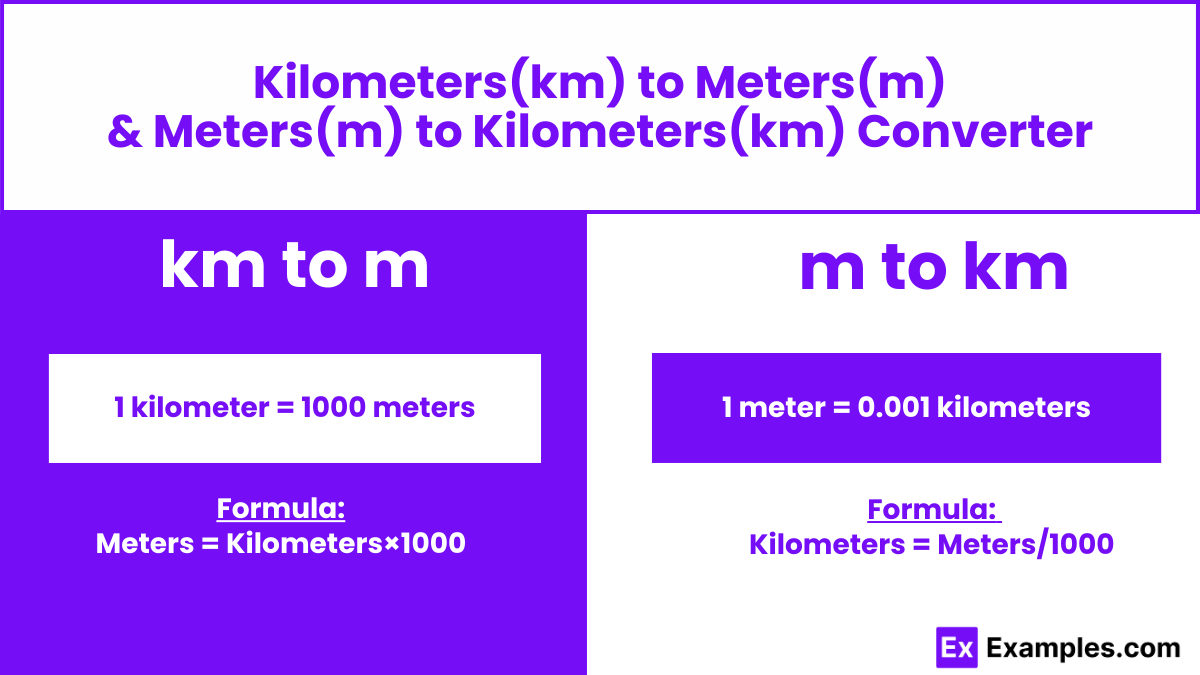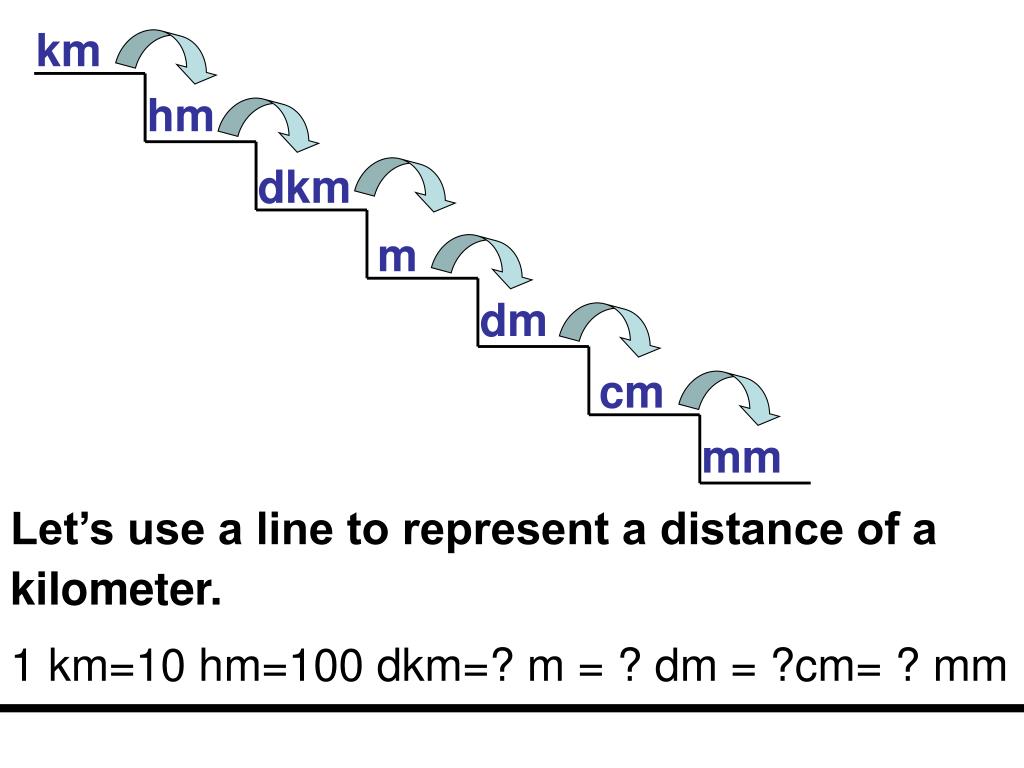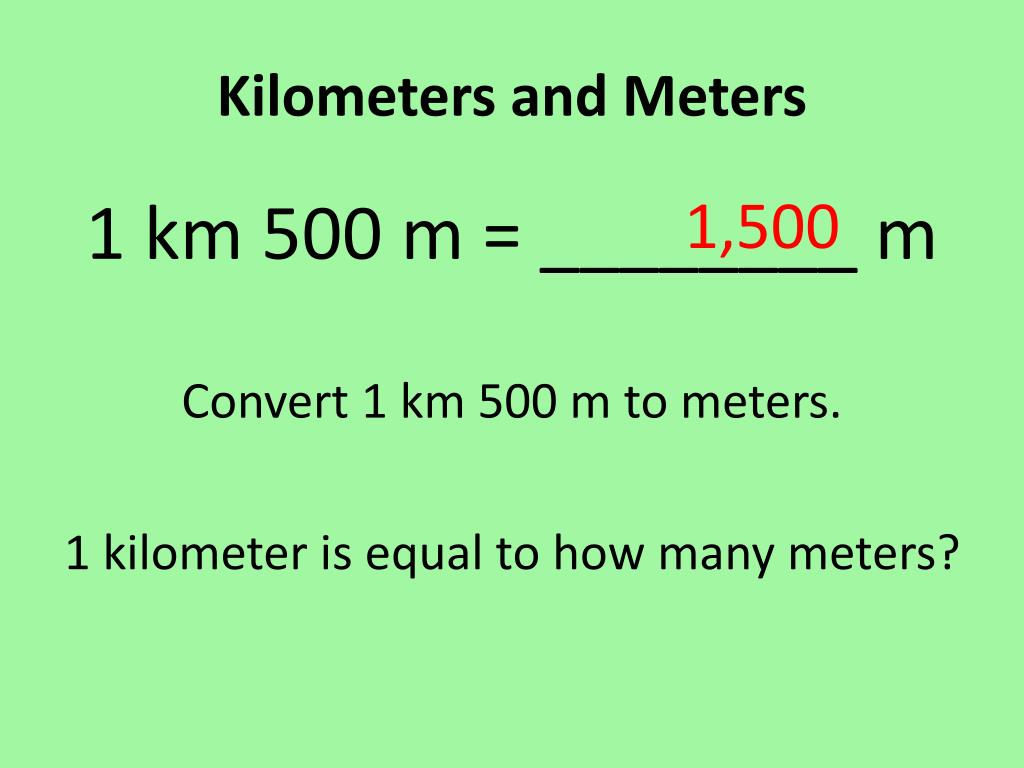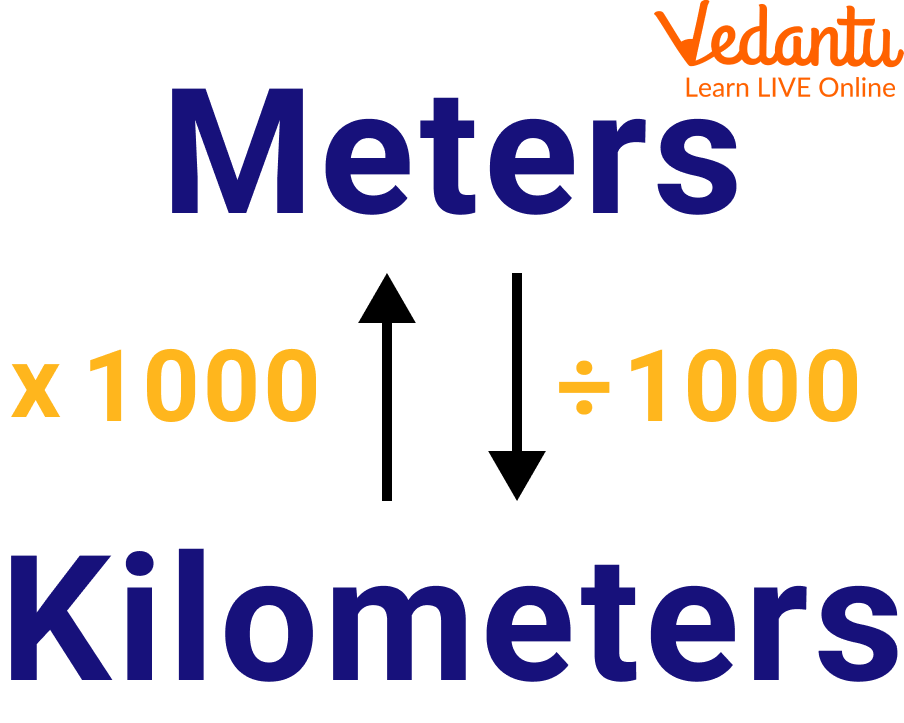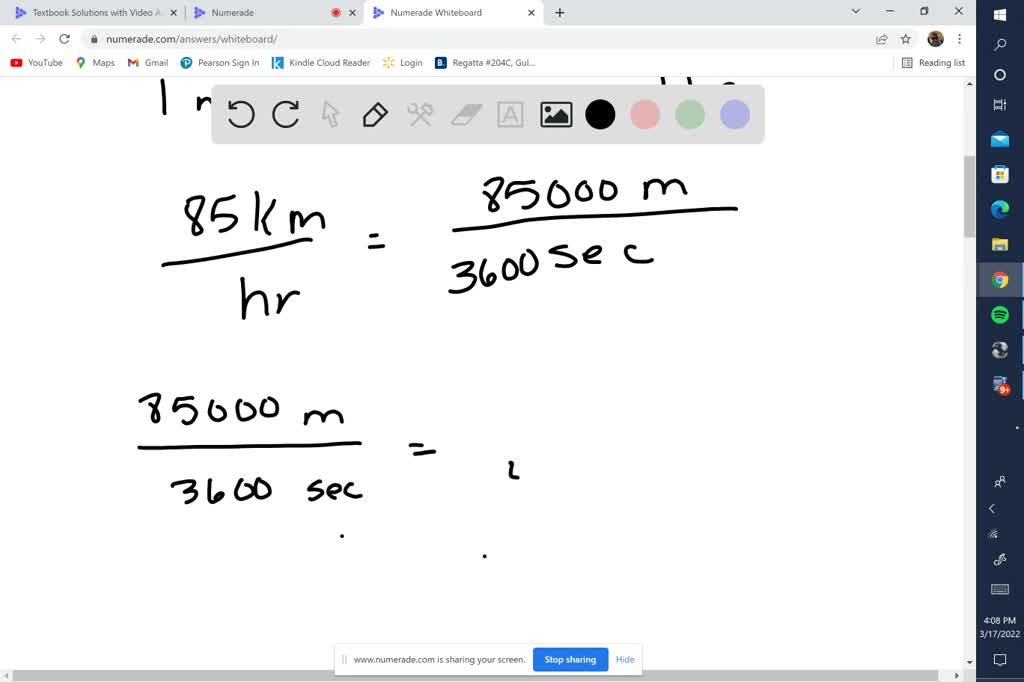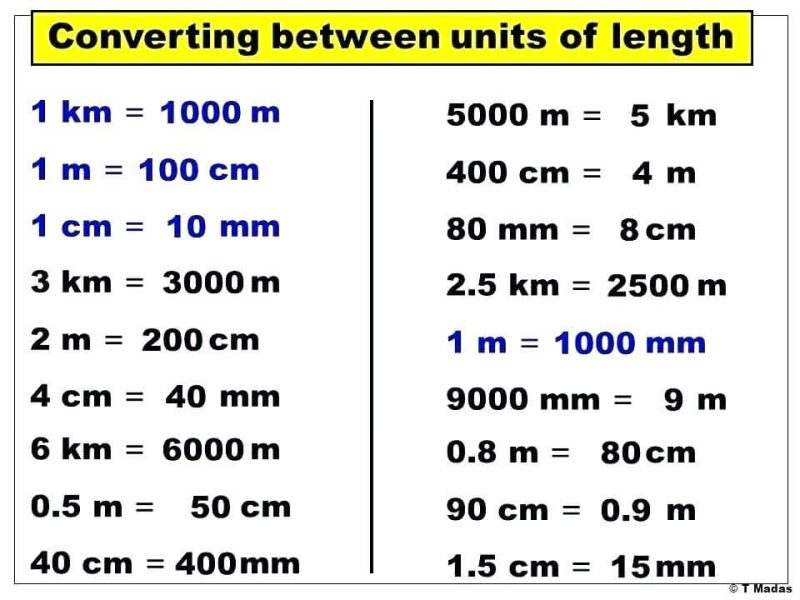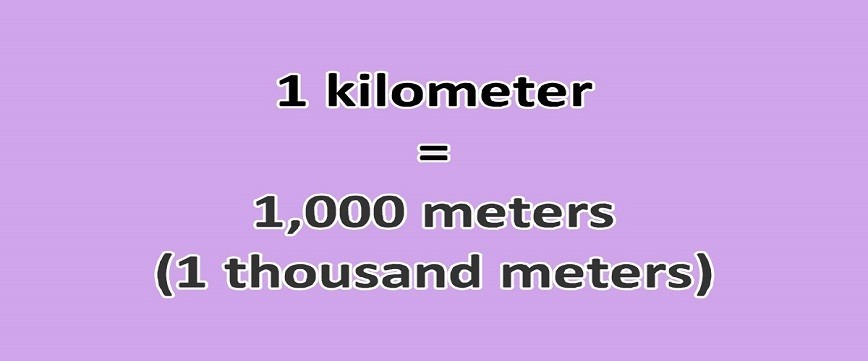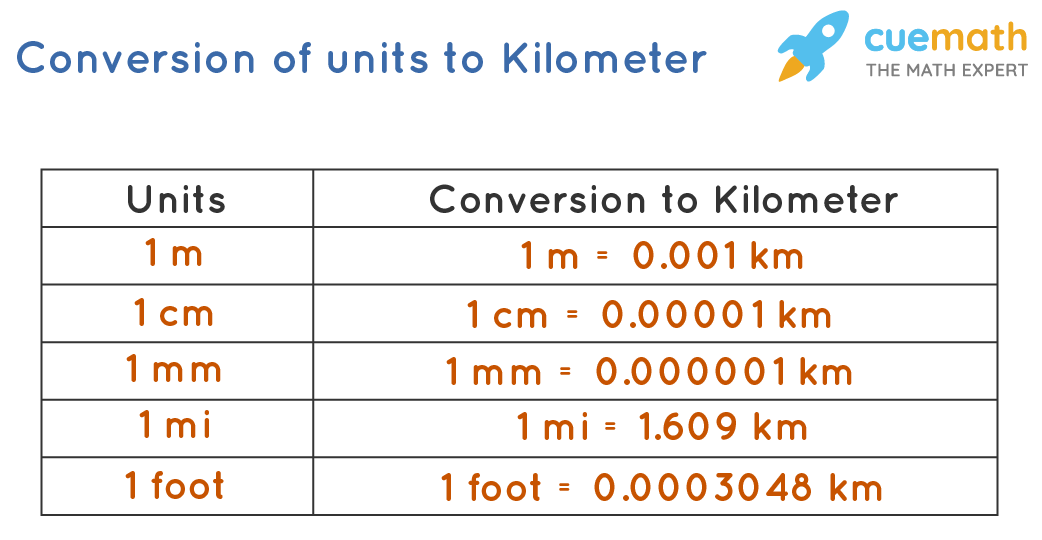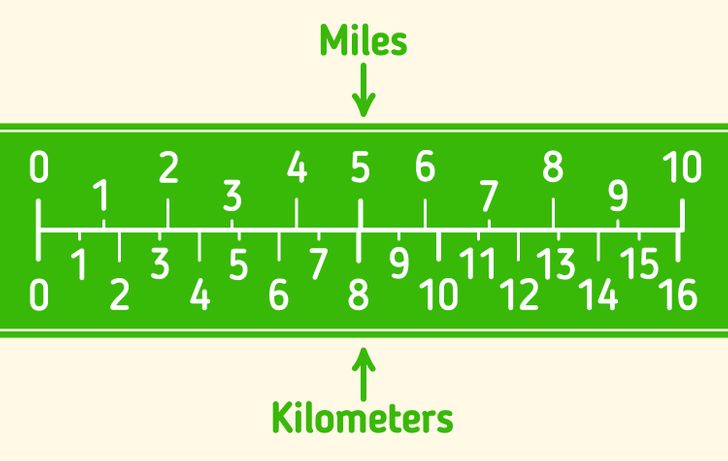How Many Meters Are In 2.4 Km
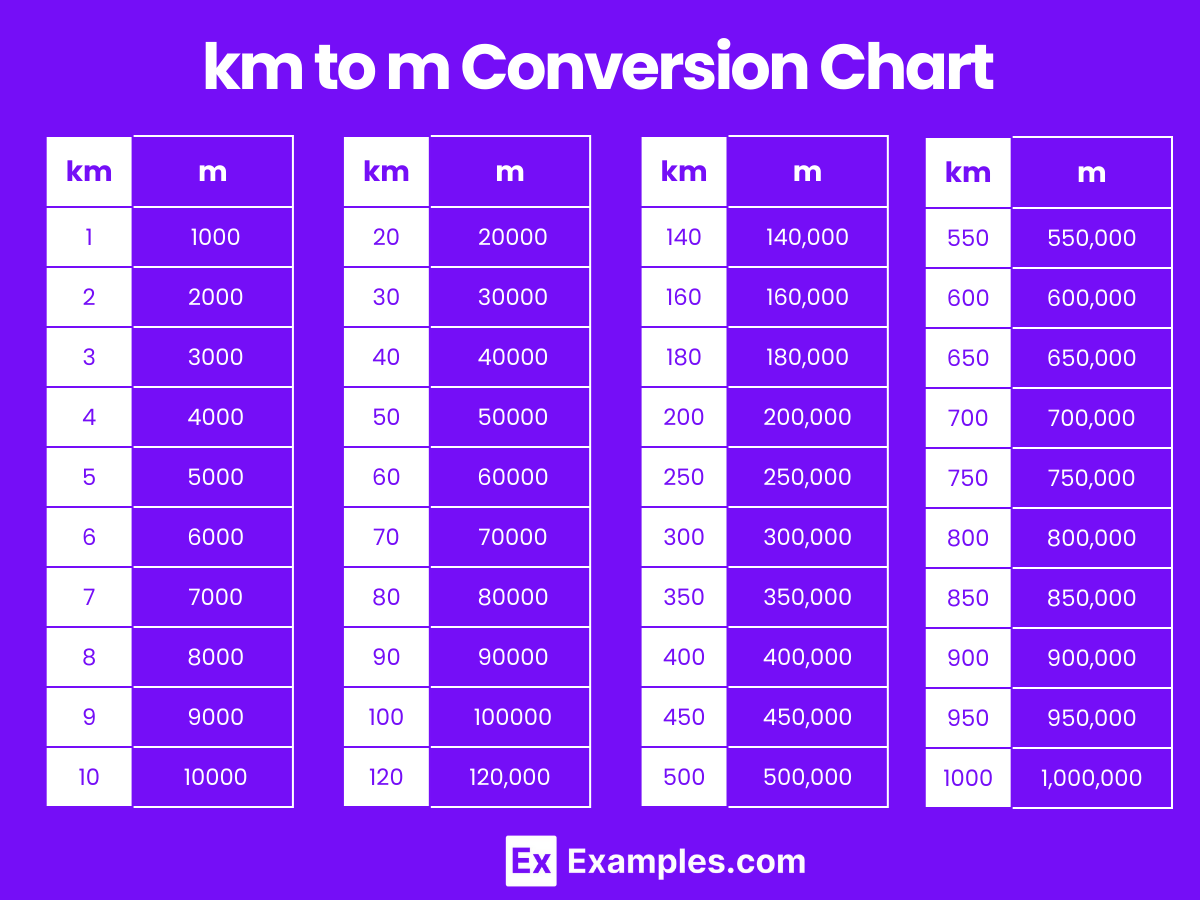
The question, seemingly simple on the surface, has resonated across digital platforms, capturing the attention of students, educators, and even those simply brushing up on their unit conversions. How many meters are in 2.4 kilometers? This fundamental conversion underscores a crucial element of mathematical literacy and its everyday applications.
This article delves into the definitive answer: 2.4 kilometers is equivalent to 2,400 meters. More than just presenting the numerical answer, we explore the principles behind metric conversions, the real-world relevance of understanding these relationships, and the potential pitfalls to avoid when working with different units of measurement.
Understanding Metric Conversions
The metric system, formally known as the International System of Units (SI), is a decimal-based system. This means that conversions between units are based on powers of 10, simplifying calculations and minimizing ambiguity.
The prefix "kilo-" always indicates a factor of 1,000. Therefore, one kilometer (km) is equal to 1,000 meters (m).
To convert kilometers to meters, you simply multiply the number of kilometers by 1,000.
Calculating the Conversion: 2.4 Kilometers to Meters
Applying the conversion factor, we can easily determine the number of meters in 2.4 kilometers. The calculation is as follows: 2.4 km * 1,000 m/km = 2,400 m.
Therefore, 2.4 kilometers is precisely equal to 2,400 meters.
This simple calculation is a cornerstone of understanding larger and more complex unit conversions within the metric system.
Real-World Applications
Understanding metric conversions is vital in numerous fields. These fields include science, engineering, construction, and even everyday tasks like reading maps or following recipes.
In sports, distances are often measured in kilometers, such as the standard 5 km or 10 km running races. Knowing the equivalent in meters can help athletes gauge their progress and strategize their performance.
Furthermore, construction projects frequently require converting between kilometers and meters for site planning and material estimations, highlighting the practical importance of this knowledge.
Common Conversion Errors and How to Avoid Them
While the conversion itself is straightforward, mistakes can occur if the principles aren't clearly understood. One common error is dividing instead of multiplying when converting from kilometers to meters.
Another potential source of error arises when dealing with more complex conversions involving different units. For example, if a problem involves kilometers and centimeters, it's crucial to convert both to a common unit (like meters) before proceeding.
Using online conversion tools or creating a conversion table can help to minimize these errors. Double-checking your calculations is always a good practice.
The Metric System's Global Significance
The metric system is the dominant system of measurement used worldwide. The United States is a notable exception, where the imperial system remains prevalent.
The widespread adoption of the metric system facilitates international trade, scientific collaboration, and technological advancements by providing a standardized and unambiguous language of measurement. The increasing global interconnectedness is one of the main drivers behind understanding and working with the metric system.
Even in countries that primarily use the imperial system, scientific and technical fields almost exclusively use the metric system.
Educational Implications and Resources
Teaching metric conversions is a fundamental part of science and mathematics education. Students typically encounter these concepts in elementary and middle school.
Teachers often use visual aids, hands-on activities, and real-world examples to help students grasp the relationships between different metric units. Interactive online tools and games can also make learning more engaging and effective.
Numerous online resources, including educational websites and conversion calculators, are available to support students and adults in mastering metric conversions. Khan Academy and similar platforms offer comprehensive lessons and practice exercises.
Looking Ahead: The Future of Measurement
The ongoing debate about metrication in the United States underscores the persistent relevance of understanding both the metric and imperial systems. While a complete transition to the metric system seems unlikely in the near future, familiarity with metric units is increasingly essential for global communication and economic competitiveness.
Furthermore, advancements in technology and data analysis are driving the need for even more precise and standardized measurements. As data becomes more central to decision-making, the importance of accurate and consistent unit conversions will only continue to grow.
Ultimately, understanding basic conversions like "how many meters are in 2.4 km" is a foundational skill that empowers individuals to navigate an increasingly complex and interconnected world. This simple conversion is the groundwork for understanding all measurement calculations.
